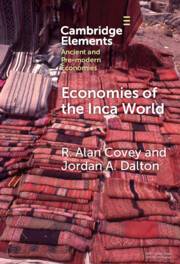An abundance and diverse range of prehistoric fishing practices was revealed during excavations between 2012 and 2022 at the construction site of the Femern Belt Tunnel, linking the islands of Lolland (Denmark) and Femern (Germany). The waterlogged parts of the prehistoric Syltholm Fjord yielded well preserved organic materials, including the remains of wooden fish traps and weirs, and numerous vertical stakes and posts driven into the former seabed – evidence of long term fishing practices using stationary wooden structures from the Mesolithic to the Bronze Age (c. 4700–900 cal BC). Here, we present the results of a detailed study on these stationary wooden fishing structures, making this the most comprehensive and detailed description of prehistoric passive fishing practices in Syltholm Fjord to date. The exceptional scale of the excavated area (57 ha) and abundance of organic materials encountered during excavations provides us with a rare opportunity to identify individual weir systems and information on their construction, maintenance, and use. To contextualise further, we provide an up-to-date compilation of comparable finds in the Danish archaeological record, including a dataset of directly dated specimens, based on both published and unpublished sources. Our results show that stationary wooden fishing structures are an invaluable archaeological resource, and their study, combining landscape reconstruction, ethnographic analogy, and fishing technology, together with artefactual evidence and radiocarbon dating, allows us to reconstruct prehistoric fishing strategies in depth. Due to the long chronology and diversity of the study materials, our results complement previous research on the many nuances and regional specificities of the persistence of fishing practices in the western Baltic Sea over time, despite introductions of new cultures, populations, and livelihoods. Finally, we emphasise that the Neolithisation process in Northern Europe was not as straightforward and uniform in terms of subsistence as commonly assumed.


